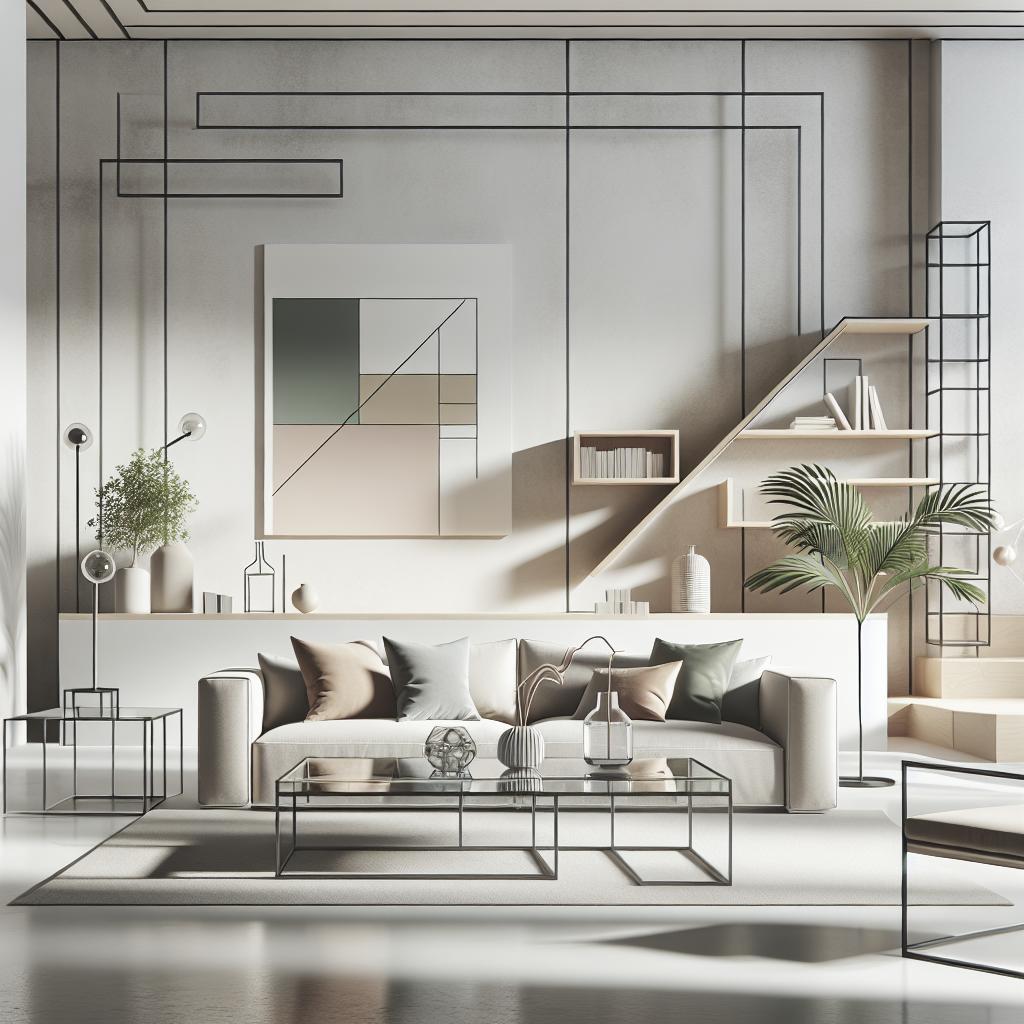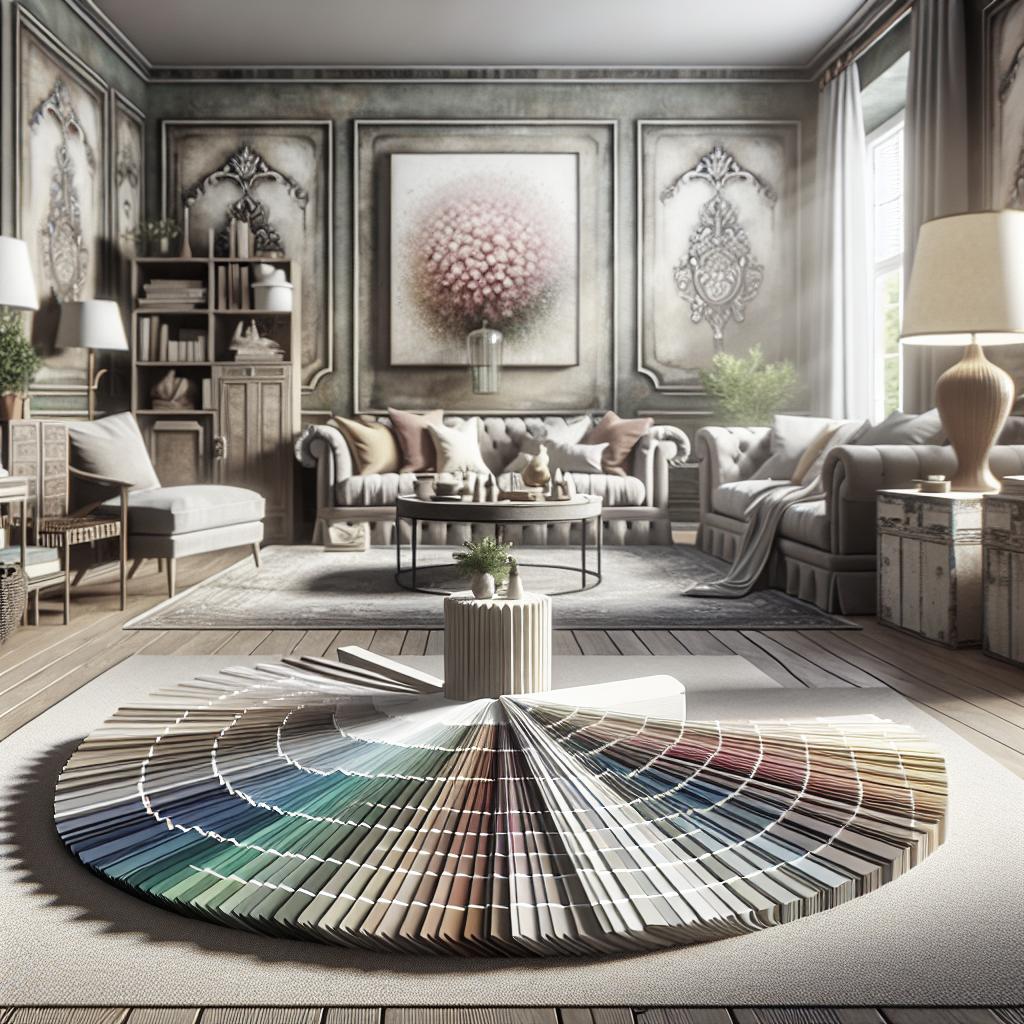### Introduction Creating a home that mirrors the beautifully curated spaces you often pin and admire is not just a dream; it’s an achievable reality. With a thoughtful blend of different design styles, you can turn your individual preferences into a cohesive and inviting living space. This guide provides a structured approach to mixing and matching design styles by leveraging digital inspiration boards, identifying themes, auditing your current decor, and making informed choices when shopping for new pieces. By the end of this process, your home will not only reflect the aesthetics you’re drawn to but will also be a functional and harmonious space that tells your unique story. So let’s dive into these practical steps and transform your dream home into a tangible masterpiece. ### 1. Start a Pinterest Board and Study It for Common Themes or Elements Pinterest is a treasure trove of inspiration and a fantastic tool for gathering ideas. By creating a dedicated board for your interior design aspirations, you can compile a comprehensive collection of images that resonate with your taste. Start with a broad range of images, capturing everything from cozy reading nooks to spacious living rooms, and even small details like decorative objects or color schemes. As you add more pins, you’ll start to see patterns emerge, reflecting your innate preferences. Once your board has matured to a decent collection, take a moment to review it critically. What elements recur? Is there a specific color palette or a type of furniture you favor? Do certain materials like wood or metal appear frequently? Perhaps you gravitate towards airy Scandinavian spaces or dark, moody interiors. Identifying these common themes or elements will lay the foundation for your decor strategy. Essentially, this step is about transforming abstract preferences into tangible elements that will guide your design choices. ### 2. Use Those Common Themes to Create a List of Characteristics for Your Ideal Home Armed with the insights gleaned from your Pinterest board, it’s time to translate them into a concrete list of characteristics that define your ideal home. This list serves as your compass, ensuring that every design decision aligns with your overarching vision. Start by noting dominant colors, textures, and styles from your pin collection. Include descriptors like “minimalist,” “eclectic,” or “vintage” to articulate the ambiance you aspire to create. Remember, this list is not set in stone. It’s a living document meant to evolve with your evolving tastes. It’s helpful to categorize your list further into must-haves and nice-to-haves. This categorization will enable you to prioritize features that hold the most significance. Whether it’s the warmth of mid-century modern walnut or the cozy layers of bohemian textiles, your personal list should reflect your aspirations clearly, guiding every subsequent step in your design journey. ### 3. Conduct an Audit of Your Current Home Before introducing new elements to your home, it’s essential to conduct a detailed audit of your current space. This assessment involves a critical appraisal of your existing decor and understanding what works and what doesn’t. Take time to walk through each room and make note of the furniture pieces, wall colors, and decorative items. Identify which items align with the characteristics defined in your ideal home list and which ones don’t. The audit is not just about identifying mismatches but also about unearthing potential. You might discover hidden gems like a vintage chair that could be reupholstered or an antique trunk that can add character to your modern setting. This step is crucial in preventing haphazard buying decisions and helps in decluttering spaces that no longer serve your aesthetic or functional needs, setting the stage for new acquisitions. ### 4. Refer to Your Images and Lists Whenever You Hunt for New Furniture or Decor With your ideal home characteristics and current home audit in hand, you’re equipped to begin the hunt for new pieces. Whether you’re exploring flea markets, scrolling through online retailers, or visiting furniture showrooms, always keep your images and list of characteristics at the forefront. This reference acts as a filter, enabling you to make informed decisions that enhance cohesion and balance in your space. When evaluating potential purchases, ask yourself how each piece aligns with your vision. Does that contemporary light fixture complement your overall theme? Will that vintage rug enhance the textures you’re building? By consistently comparing options against your curated lists and images, you ensure that each new acquisition harmonizes with your existing decor. This methodical approach ensures your design remains intentional, with every piece contributing to a unified aesthetic. #### So What Do You Think? Ready to Try This? With these strategic steps, transforming your home into a space that beautifully blends different design styles is entirely achievable. By leveraging platforms like Pinterest for inspiration, clearly delineating your design goals, auditing your current setup, and making strategic purchases, you can bring your dream home to life. If you follow the tips shared here, you’ll be well on your way to creating a home just like those beautiful images you’ve pinned. ### Future Prospects
| Step | Description |
|---|---|
| Start a Pinterest Board | Gather a collection of inspiration images and analyze for common themes or elements. |
| Create a List of Characteristics | Translate observed patterns into a detailed list reflecting your ideal home’s design traits. |
| Conduct a Home Audit | Evaluate and align current home decor with your ideal home list, identifying discrepancies and potential. |
| Hunt for New Pieces | Use your references during shopping to ensure new decor aligns with your design goals. |


